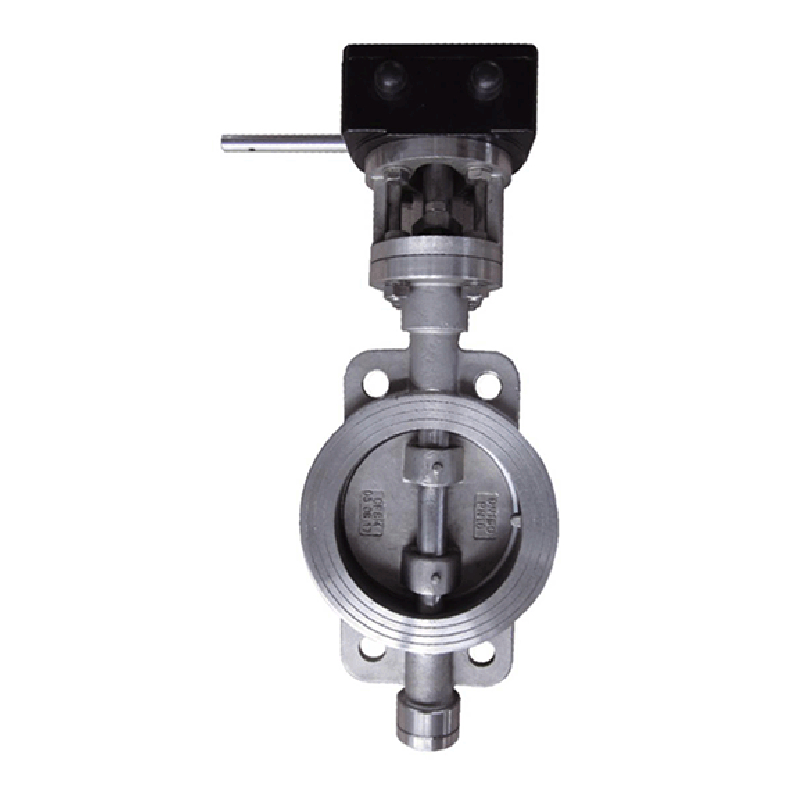10 月 . 11, 2024 06:41 Back to list
Understanding the Benefits and Applications of Rubber Expansion Joints in Modern Engineering
Understanding Rubber Expansion Joints A Comprehensive Overview
Rubber expansion joints, also known as flexible connectors, are essential components in a variety of piping systems across numerous industries. Designed to accommodate movement, absorb vibrations, and compensate for thermal expansion, these joints play a critical role in enhancing the overall durability and efficiency of piping systems. This article delves into the key features, benefits, applications, and maintenance of rubber expansion joints.
Key Features
Rubber expansion joints are typically made from elastomers such as natural rubber, neoprene, EPDM (ethylene propylene diene monomer), or silicone. These materials are chosen for their excellent flexibility, resilience, and resistance to various environmental factors. The design of rubber expansion joints often includes a bellows structure that allows for multi-directional movement while maintaining a secure seal. Common features include
1. Flexibility Rubber expansion joints can bend and twist, accommodating shifts in alignment and thermal expansion without causing strain on the connected pipes. 2. Vibration Absorption The inherent elasticity of rubber helps dampen vibrations generated by pumps and machinery, reducing noise and preventing potential damage to the piping infrastructure.
3. Chemical Resistance Depending on the type of rubber used, many expansion joints can resist a range of chemicals, making them suitable for various industrial applications.
4. Ease of Installation Rubber expansion joints are relatively lightweight and can be installed without complex machinery, simplifying maintenance and replacement tasks.
Benefits
The integration of rubber expansion joints into piping systems offers numerous advantages
1. Reduce Stress on Piping Systems By accommodating movements and vibrations, these joints help to prevent undue stress on pipes and flanges, which can lead to cracking and leaks over time.
2. Enhance System Performance The ability to absorb shocks and dampen vibrations improves the overall performance of the system, leading to increased efficiency.
3. Lower Maintenance Costs Rubber expansion joints help extend the lifespan of piping systems by minimizing wear and tear, reducing the frequency and cost of repairs.
4. Improved Safety By preventing leaks and structural failures in piping systems, rubber expansion joints contribute to a safer working environment, particularly in industries dealing with hazardous materials.
rubber expansion joint

Applications
Rubber expansion joints are widely used in various industries, including
- Chemical Processing These joints are invaluable in chemical plants, where they can withstand various corrosive substances and thermal variations. - Water and Wastewater Treatment In water treatment facilities, rubber expansion joints help manage the dynamic changes in pressure and flow, ensuring the reliability of the system.
- HVAC Systems In heating, ventilation, and air conditioning systems, these joints absorb vibrations from machinery, improving comfort and efficiency.
- Power Generation Rubber expansion joints play a vital role in power plants, where they help manage thermal expansion and mechanical stresses in steam and gas lines.
Maintenance
While rubber expansion joints are designed to be durable, regular maintenance is essential to ensure their longevity and functionality
1. Visual Inspections Regularly check for signs of wear, such as cracks, bulging, or discoloration, which can indicate degradation.
2. Monitoring Performance Keep an eye on pressure and temperature within the system, as significant deviations can impact the integrity of the joints.
3. Replacement Planning Establish a schedule for replacing expansion joints based on service conditions and manufacturer recommendations, to prevent unexpected failures.
Conclusion
Rubber expansion joints are indispensable components in modern piping systems, offering flexibility, vibration absorption, and resilience against environmental factors. Their myriad applications across various industries underscore their importance in maintaining efficient and safe operations. By understanding their features, benefits, and maintenance needs, facility managers can ensure optimal performance and prolong the lifespan of their piping infrastructure.
Share
-
Understanding the Differences Between Wafer Type Butterfly Valve and Lugged Butterfly ValveNewsOct.25,2024
-
The Efficiency of Wafer Type Butterfly Valve and Lugged Butterfly ValveNewsOct.25,2024
-
The Ultimate Guide to Industrial Swing Check Valve: Performance, Installation, and MaintenanceNewsOct.25,2024
-
Superior Performance with Industrial Swing Check Valve: The Essential Valve for Any SystemNewsOct.25,2024
-
Industrial Swing Check Valve: The Ideal Solution for Flow ControlNewsOct.25,2024
-
You Need to Know About Industrial Swing Check Valve: Functionality, Scope, and PerformanceNewsOct.25,2024